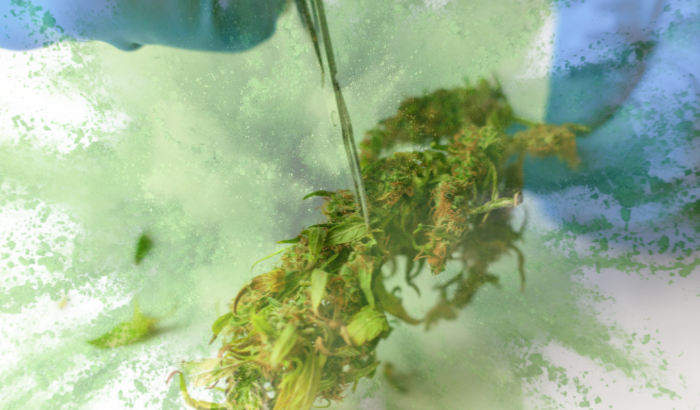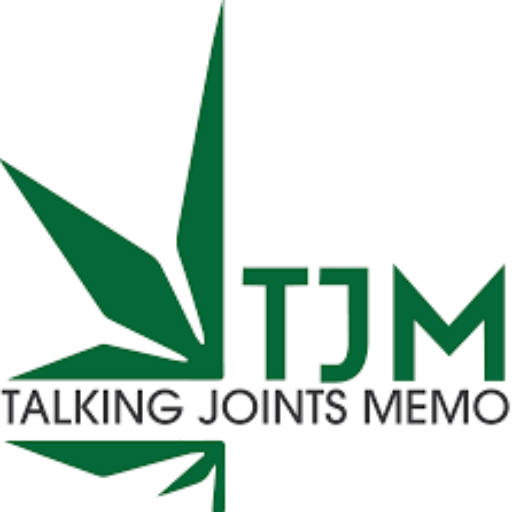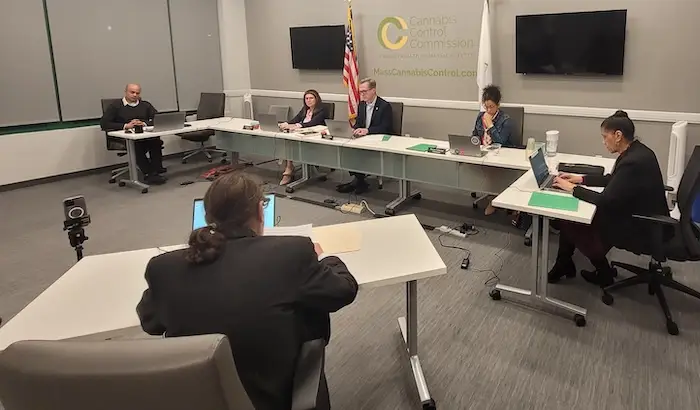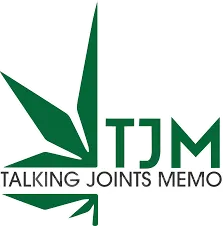
“The Commission is advising licensees engaged in marijuana processing to protect employees from hazards associated with cannabis dust exposure.”
At a hearing of the Massachusetts legislature’s Joint Committee on Cannabis Policy last month, industry stakeholders and advocates from different realms of the industry testified about state policies and regulations they believe are in need of reform.
Among those who were invited to speak was Danny Carson. A former supervisor at the Trulieve facility in Holyoke where 27-year-old employee Lorna McMurrey died in January 2022 after going into cardiac arrest, he started the Coalition for Cannabis Worker Safety after his friend and co-worker’s death to get answers.
As Carson said at the State House in October, he’s still waiting, and hadn’t had much dialogue with the Cannabis Control Commission up to that point. Among his gripes, he said that in many circumstances, workers in the weed biz are instructed to follow basic OSHA guidelines, which aren’t cannabis specific. He’s submitted recommendations to the CCC regarding employee safety on three occasions, and said that none of them have been put into place.
It will be some time before some of the major changes worker advocates are pushing for are implemented, if they’re ever implemented, but on Wednesday, the CCC brought issues related to the tragedy around McMurrey to the forefront. In a bulletin regarding “Ground Cannabis Dust and Workplace Safety,” the commission explained that separate from the agency’s resolving “an enforcement action relative to workplace safety violations following the tragic death of an employee,” “prior to the resolution of regulatory violations, the Occupational Safety and Health Administration (OSHA) cited the Licensee for failing to evaluate and classify ground Cannabis dust as a hazardous chemical.”
The bulletin additionally states:
In short, 29 CFR 1910.1200(d)(1) requires that employers evaluate the hazards of chemicals they produce and prepare Safety Data Sheets (SDS) to convey the hazard to downstream customers and exposed workers. All Licensees should be aware that ground Cannabis dust is a hazardous chemical and that OSHA has issued citations to Licensees who have failed to evaluate and classify accordingly. Licensees should evaluate the workplace safety and health risks including, but not limited to, skin and respiratory sensitization by an allergen associated with ground Cannabis dust generated during the Processing of Marijuana in their workplace. Studies conducted by both the National Institute for Health and the Center for Disease Control and Prevention have also shown that occupational exposure to cannabis in the workplace poses a risk for the development of allergic responses.
Commission regulations require that all Licensees implement and follow written workplace safety and health standard operating procedures and take necessary steps to ensure safety for employees when conducting all activities at a Licensee’s premises. Licensees engaged in the Processing of Marijuana also have a separate obligation to ensure that such activities are conducted in a safe and sanitary manner. On February 2, 2024, the Commission issued a bulletin on safe and sanitary requirements for the Processing of Marijuana. Lastly, all Licensees, like any business, are required to comply with the Occupational Safety and Health Act of 1970 and are subject to oversight from OSHA.
To comply with Commission regulations and maintain compliance with OSHA standards, all Licensees engaged in the Processing of Marijuana must come into compliance with the OSHA Hazard Communication Standard including the evaluation and development of SDSs for chemicals, such as ground Cannabis dust, employees may be exposed to in the occupational setting. All SDS developed by a Licensee must be made available to exposed employees and employee training is an important aspect of that hazard communication program.
Licensees must protect their employees from hazards associated with exposure to ground Cannabis dust by identifying appropriate engineering controls (e.g., local exhaust ventilation) and/or administrative controls (e.g., processes for limiting employee exposure). It is also a best practice to provide medical management to employees with symptoms. Personal Protective Equipment such as gloves and respiratory protection may also be appropriate to protect employees from exposure.
Acting CCC Executive Director and Chief People Officer Debbie Hilton-Creek said in a media statement, “Today’s bulletin is intended to bring increased awareness of an identified health risk in the marijuana industry and will support Commission and industry efforts to enhance safety standards across Massachusetts. … We will continue to partner with licensees to appropriately and effectively communicate this message and depend on them to implement protocols that will protect the overall well-being of our workforce.”
In summary, the agency noted: “Under the new bulletin, the Commission recommends that all licensees engaged in marijuana processing follow Occupational Safety and Health Administration (OSHA) guidelines around hazardous chemicals in the workplace. The Commission also reminds licensees of its obligation to have a hazard communication program which includes the evaluation of hazardous chemicals in its facility and develop Safety Data Sheets to inform its employees.
“Going forward, the Commission is advising licensees engaged in marijuana processing to protect employees from hazards associated with cannabis dust exposure by using engineering controls like local exhaust ventilation, plus administrative controls like limiting employee exposure during the workday. The Commission recommends that licensees provide personal protective equipment, and appropriately manage medical situations when they arise.”
The “update follows a state Department of Public Health (DPH) Fatality Assessment and Control Evaluation (FACE) report and Occupational Lung Disease Bulletin that were issued following the death of a flower production technician at an indoor cannabis cultivation and processing facility. The agent fatality was considered the first in the U.S. to occur as the result of occupational asthma due to cannabis dust exposure, according to the Centers for Disease Control and Prevention.”
The announcement relative to cannabis dust also comes in the wake of a “February bulletin that advised licensees about new safety and sanitary standards for processing the leaves and flowers of female marijuana plants in a way that is: Well cured and free from seeds and stems; Free of dirt, sand, debris, and other foreign matter; Free of contamination by mold, rot, other fungus, pests and bacterial diseases and satisfying the sanitation requirements in 105 CMR 500.000, and if applicable, 105 CMR 590.000: State Sanitary Code Chapter X – Minimum Sanitation Standards for Food Establishments; Prepared and handled on food-grade stainless steel tables with no contact with Licensees’ or Marijuana Establishment Agents’ bare hands; and Packaged in a secure area.”
According to the CCC, this week’s “bulletin clarifies that all licensees engaged in the processing of marijuana have a separate obligation to ensure the safety of workers, and all Marijuana Establishments and Medical Marijuana Treatment Centers in Massachusetts are required to follow Commission regulations that require written workplace safety and health standard operating procedures.”
























